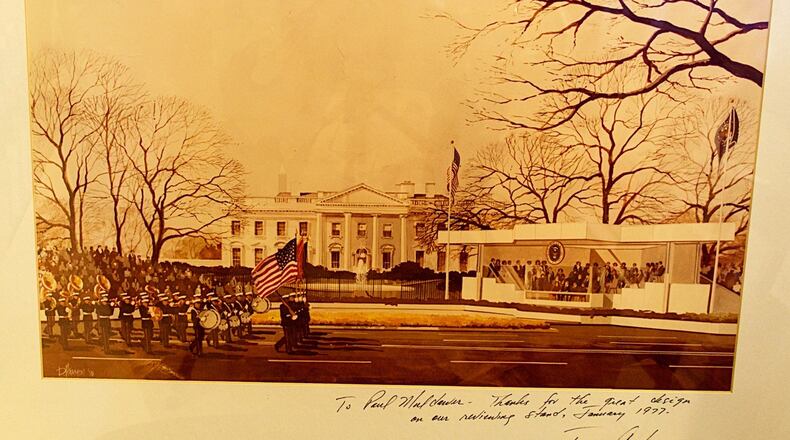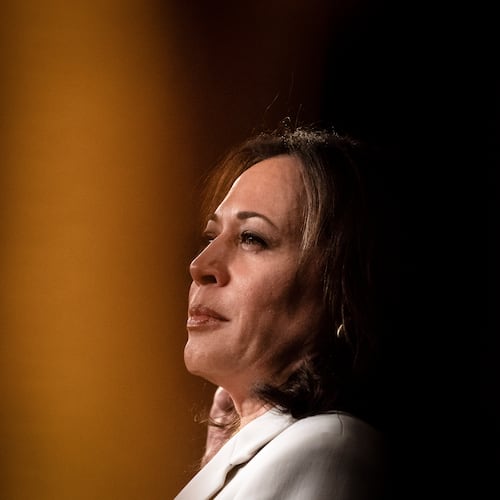It was largely overshadowed by the Donald Trump-John Lewis brouhaha, but one couple in particular responded to Sunday's column that compared Jimmy Carter's presidential inauguration in 1977 with Donald Trump's upcoming swearing-in on Friday.
Carol Muldawer was a supporter of Andrew Young, then a congressman representing the (now horrible) Fifth District of Atlanta. She obtained a leave to become the first female advance person for the Carter campaign. Her husband, Paul Muldawer, was already an architect of some note in Atlanta.
So this was going on in the late fall of 1976, according to Paul Muldawer:
"When it looked like Carter was going to win, the inaugural committee contacted me about designing the inaugural facility, the inaugural pavilion, and media stand, and seating for three-quarters of a million people."
A small job, no doubt. But Muldawer said that he incorporated a few themes “reflecting Jimmy Carter’s values.” The first was frugality:
-- Muldawer wanted a reviewing stand that was cheaper than previous ones, which ran to $1 million or so, made out of wood, and was delivered to local landfills after the ceremony.
As he recalls, the reviewing stand cost $850,000. “I made the structure steel, so it could be recycled. It was recycled, after the inaugural, and sent back to Atlanta as a band shell in Piedmont Park for free symphony concerts,” Paul Muldawer said. It disappeared during the second Maynard Jackson administration. He’s not sure why. “It was historic relic,” the disappointed architect said.
-- Muldawer reoriented the inaugural reviewing stand so that it didn’t block a view of the White House. “The statement is that history is more important than the individual. I also turned it at a 45-degree angle, to create empathy between the president and the parade. Rather than marchers making a sharp ‘eyes-left,’ they could develop a rapport as they approached,” the architect said. “CBS got very upset with that.”
-- Another statement was energy efficiency. “We tried to heat it with passive solar. We had solar collector plates brought in from Georgia Tech,” Muldawer said. This was the era before photovoltaic cells, so the experiment was something of a bust. “It was 15 degrees. We tried, okay?” Muldawer chuckled.
-- The most successful aspect of the Carter inauguration, from an architectural point of view, might have been the introduction of handicapped-access – not just in the space for VIPs, but along the whole of Pennsylvania Avenue. “Sure enough, George Wallace was there in his wheelchair,” Muldawer said. “This was the first accessible inauguration in history.” The architect said 20,000 handicapped people showed up for the parade.
-- Muldawer also designed a media stand that was elevated, but included no enclosures. “They would sit there in the cold,” he said. With the exception of Barbara Walters. “She had a glass-enclosed, little cage,” Muldawer said.
Four years later, the incoming Ronald Reagan administration asked for and paid for the plans for the media stand. But Muldawer was admonished not to let the press know that the Carter plan had been duplicated.
So now you know.
About the Author
The Latest
Featured



